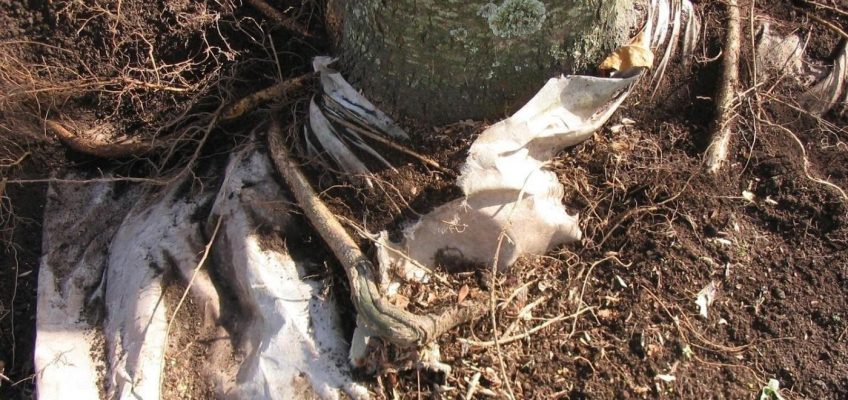Amy Lindgren
Second Sunday Series – Editor’s Note: This is the eleventh of 12 columns on AI and work, appearing the second Sunday of each month, from September through August. Last month’s column discussed AI as a core skill, while previous columns looked at AI issues for writers; AI tools for organizing or conducting the job search; interview prep; resumes and cover letters; best practices for companies using AI; tips for using ChatGPT; work opportunities with artificial intelligence; AI use in the hiring process; and an overview of artificial intelligence in general. Amy Lindgren
I’ve been sipping from the proverbial fire hose for a year now, while researching the use of AI in job search and the workplace. And, while I’ve shared a couple dozen websites and tools related to specific tasks (such as interviewing or résumé writing), I haven’t yet offered a more general set of resources.
There’s a reason for that: Fire hose again, coupled with intermittent kinks and leaks. Some of the sites I’ve used shifted into sales mode on me, while others have turned out to be one-trick ponies. I generally have better luck with books in both regards, although they can get outdated fast.
With all of those caveats, here we go — resources that you might find helpful as you launch or continue your own journey into the untamed world of AI.
Posts that include helpful lists or tips
I’ve focused here on job search, while trying to limit the sell-you-something sites. Not so easy, but these four mostly meet the criteria.
• “Job Search Tips: 10 AI tools to help you land your next job” by Kiera Abbamonte, July 2025: https://zapier.com/blog/ai-job-search/
• “A curated list of 20 AI tools, 60 creative strategies to harness the power of ChatGPT” (and more): https://offers.hubspot.com/ai-job-seeker
• LinkedIn posts from Adam Broda. An Atlanta career coach (www.brodacoaching.com), Broda posts practical tips for using AI. The links are cumbersome for a newspaper article, so try a general internet search using “Adam Broda AI advice” and “Adam Broda ChatGPT advice.”
• The nonprofit SkillUp.org offers this brief list of AI job search tools: https://skillup.org/resources/ai-job-search-tools — but do explore their other offerings, such as free and low-cost career counseling and training.
Training
Talk about abundance. Just for starters, there are too many YouTube videos on using AI to even consider listing. I’m going a different direction, limiting myself to just two recommendations.
• Coursera. This is the online training platform I use, mostly because I like their pricing model: Free for some offerings, and the option of a monthly or annual subscription to access almost anything else on an all-you-can-learn basis. A quick look at their catalog — https://www.coursera.org — shows courses ranging from simple (“AI for Everyone”) to full certificate programs. Bonus: They’re running a sale on annual subscriptions ($240 instead of $399) until July 21.
• Syntax and Script. In a heroic act of generosity, fashion-professional-turned-techie Chika H. Orji has curated and posted a list of 77 free online AI training programs, current as of June 2025. You can download the list as a pdf from her website: https://syntaxandscript.com/free-online-ai-courses/ Her blogs are also worth visiting, just for the perspective of a career-changer whose tagline is “Come on a tech journey with me.”
Books
Books are still my personal go-to resource for a broad perspective or in-depth analysis and steps on just about anything. Although this is my curated list, I’ve only had time to review one. And yikes — I’ve definitely tried to identify and avoid AI-written books about using AI. That’s just a bit too meta for me.
• The Author’s AI Tool Kit, by Hank Quense, self-published, 2025. This is the book I have actually read, and I can recommend it as a resource specific to novelists and writers who want to leverage AI in both writing and marketing their work. The primer on creating ChatGPT queries is especially useful.
• Generative AI for Dummies, by Pam Baker, 2024.
• The AI-Driven Job Search Roadmap, by K.L. Cardozo, self-published, 2025.
• The AI-Savvy Job Seeker, by Michelle Dumas, Distinctive Career Publishing, 2025.
• Career Coach GPT, by Jeremy Schifeling, self-published, 2023.
And that, as they say, is that. Not nearly everything available, but enough resources to get you started. If you have others you’ve enjoyed using, send them my way and I’ll put them in the column. In any case, do come back next month for my wrap-up on this year-long series of articles on the use of AI in job search and the workplace.
Related Articles
Working Strategies: Random thoughts: ‘Office,’ not ‘work;’ on-the-job training
Working Strategies: Adjusting to, and surviving, return-to-work
Working Strategies: Do you have a bucket list for your career?
Working Strategies: Competing offers prove both a good, and bad, dilemma to have
Working Strategies: Using AI while maintaining core skills
Amy Lindgren owns a career consulting firm in St. Paul. She can be reached at alindgren@prototypecareerservice.com.




